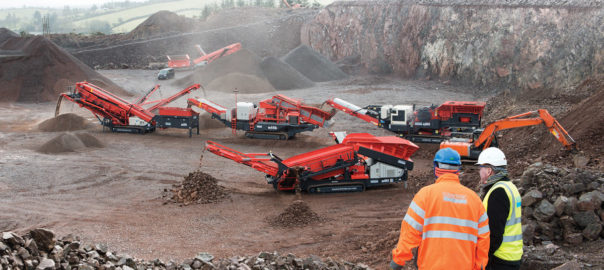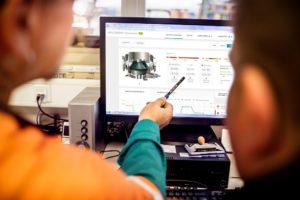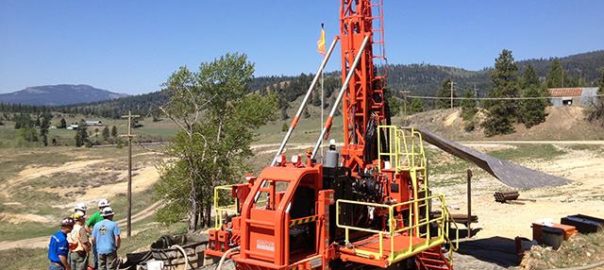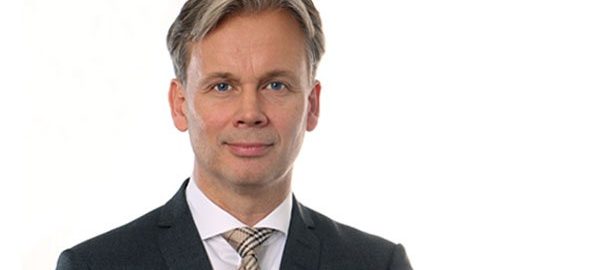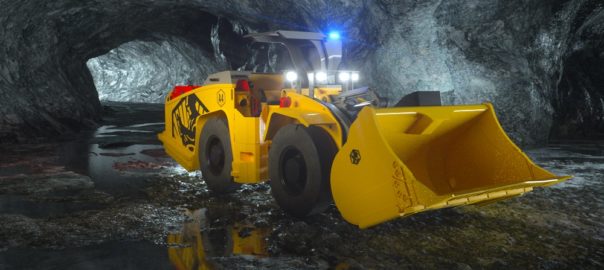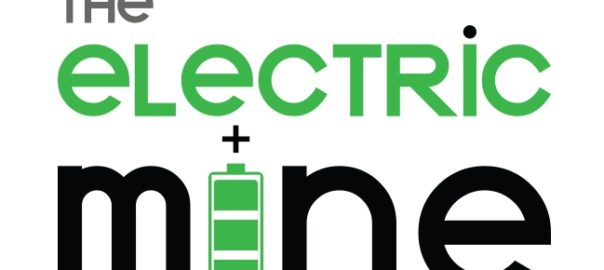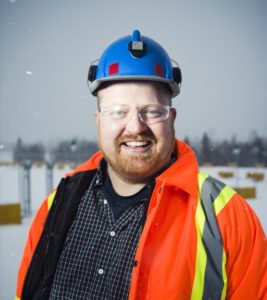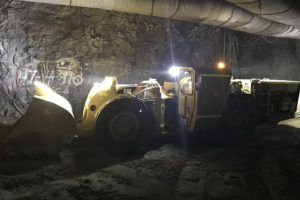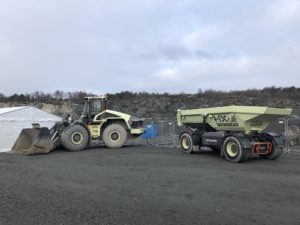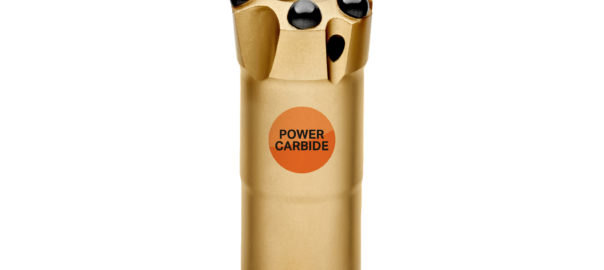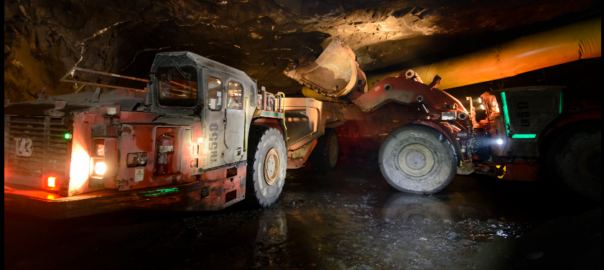Construction and mining equipment supplier, Porter Group, says it has been appointed as the agent for Sandvik Mobile Crushers and Screens in Australia.
The announcement represents a continuation of Porter’s ongoing expansion across the region, with the relationship with Sandvik working to enhance customer experience, efficiency and profitability, the company said.
“The enduring relationship between Porter Group and Sandvik goes back 10 years to 2009 in New Zealand,” Porter Group said. “Both the brands have made great strides forward as positive responses from customers poured in. The advanced products and services have reshaped the industry standard and customer expectations.”
Porter Group owns more than 50 retail locations in four countries – New Zealand, Australia, Papua New Guinea, and the US (California). It said it is now one of the largest privately-owned industry identities in Australasia.
Darren Ralph, General Manager of Porter Equipment Australasia, said: “The latest extension of the Sandvik relationship is an important progression for the brand in the region. Sandvik Mobiles are global leaders in technology and productivity and this development will ensure that the product is brought to the customer base efficiently. We aim to provide Sandvik Mobiles with a platform to propel the brand to new heights in Australia.”
Sandvik Mobile Crushers and Screens manufactures tracked, wheeled and portable plant for a large variety of applications worldwide, according to Porter Group. It has designed market leading technology featuring unique and advanced concepts such as the PrisecTM impact chamber, Hydrocone technology and the patented Doublescreen system.






